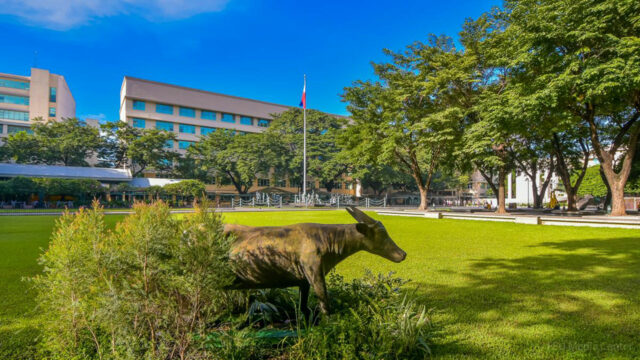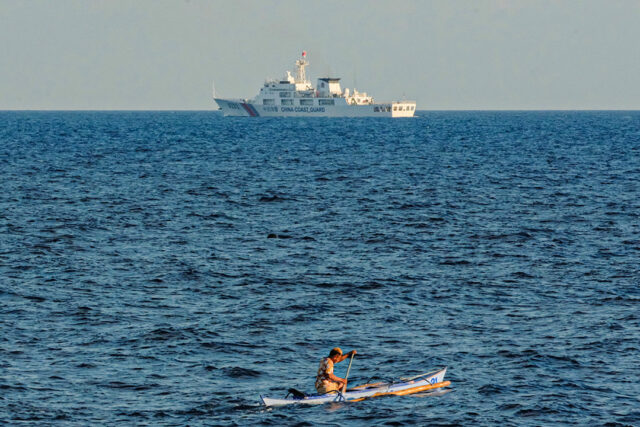Value of InstaPay, PESONet transactions surges to P9 trillion as of May
THE COMBINED VALUE of transactions done via InstaPay and PESONet rose by 37.06% year on year to exceed P9 trillion in the first five months of 2025, latest data from the Bangko Sentral ng Pilipinas (BSP) showed.
Transactions coursed through the two automated clearing houses surged to P9.13 trillion at end-May from P6.66 trillion in the same period a year ago, central bank data showed.
Meanwhile, the volume of transactions made via InstaPay and PESONet more than doubled to 1.206 billion in the five-month period from 542.28 million a year prior.
Broken down, the value of transactions done through PESONet stood at P5.06 trillion as of May, 28.17% higher than the P3.96 trillion recorded in the same period the previous year.
The total volume of PESONet transactions also climbed by 15.92% year on year to 46.65 million in the period from 40.25 million previously.
Meanwhile, the total value of InstaPay transactions jumped by 50.05% year on year to P4.06 trillion at end-May from P2.71 trillion a year prior.
The volume of transactions that went through the payment gateway likewise surged by 130.96% to 1.16 billion in the first five months of the year from 502.04 million in the comparable year-ago period.
InstaPay and PESONet are automated clearing houses that were launched in December 2015 under the central bank’s National Retail Payment System framework.
PESONet is mainly used for high-value transactions and may be considered as an electronic alternative to paper-based checks.
Meanwhile, InstaPay is a real-time, low-value electronic fund transfer facility for transactions up to P50,000 and is mostly used for remittances and e-commerce.
The increase in InstaPay and PESONet transactions seen in the first five months of 2025 reflects the continued growth in online payments that was accelerated by mobility restrictions due to the coronavirus pandemic, Rizal Commercial Banking Corp. Chief Economist Michael L. Ricafort said in a Viber message.
He added that there has been an “increased adoption of online banking and payment transactions in recent years as part of the e-commerce ecosystem and the increased shift from over-the-counter banking transactions, including the use of InstaPay and PESONet… since these are faster, safer, and more convenient for the general public from anywhere around the world, saving on costs and time in doing so.”
“The high double-digit growth rates also reflect the increased use of e-wallets by Filipinos that are already integrated in digital banking platforms as emerging payment platforms as alternative to cash, checks, and over-the-counter payment transactions,” Mr. Ricafort said.
He added that the growing adoption of digital payments can help improve financial inclusion, especially in unbanked or underbanked areas.
Latest BSP data showed digital payments made up 52.8% of the volume of retail transactions in 2023, higher than the 42.1% share in 2022. In terms of value, 55.3% of retail transactions in 2023 were done online, higher than the 40.1% the year prior.
The central bank has said the increase in digital payments was driven by wider use of online transaction channels, especially e-wallets, among individuals and businesses, with the coronavirus pandemic accelerating the shift.
The BSP wants online payments to make up 60-70% of the country’s total retail transaction volume by 2028. The share of Filipinos with bank accounts reached 65% of the adult population in 2022. — AMCS















